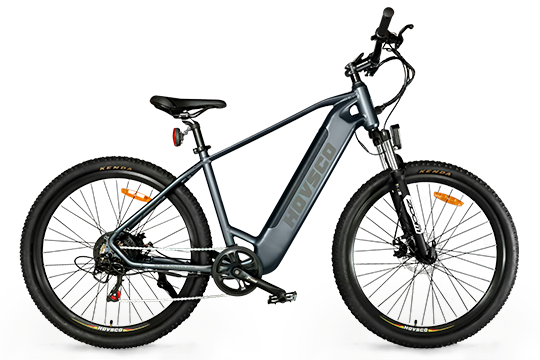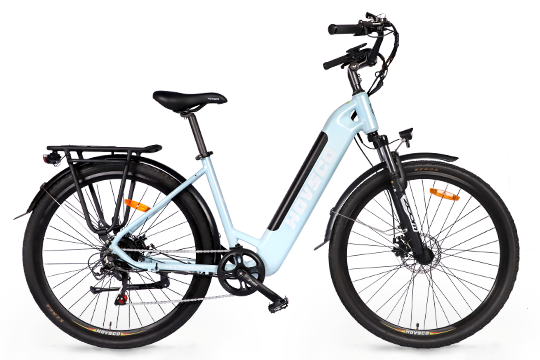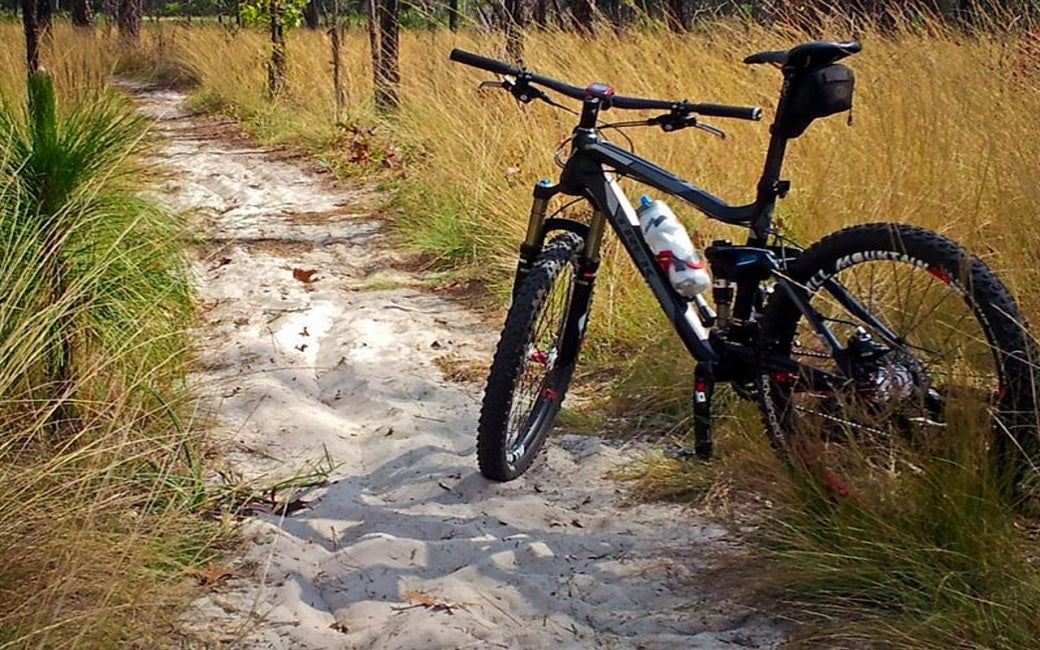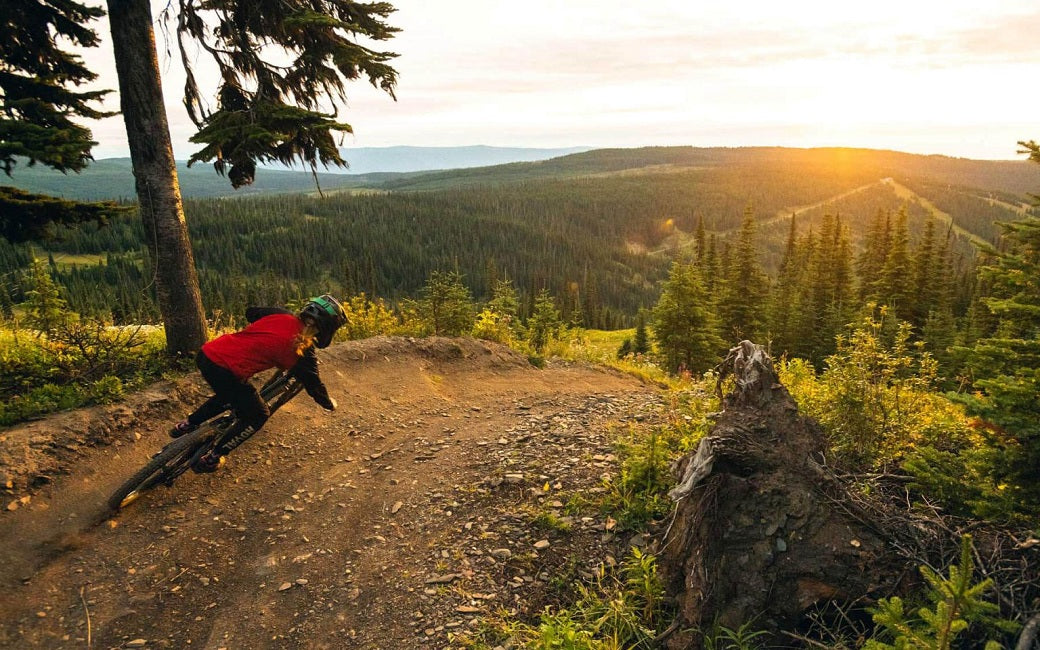How Much Do You Know About the History of Fat Tires?

There are some differences between fat bikes and normal bikes. These strange bikes are distinguished by their large tires, which look like a bike version of a monster truck! Even though most of the frames look normal, they are a blast to ride.
The seemingly unusual fat-tired bicycles are also known as “fat bikes” or “badass bikes.” They can also be called “wide-tired bikes” and “balloon-tired bicycles,” and they are ideal for year-round use since they were originally designed to handle sand and snow.
Advantages of a Fat Tire Bike
The development of fat tires made bikes suitable for use on all terrains. Bikes with fat tires provide greater stability and traction on a variety of surfaces. These include sand, mud, snow, and pavement. There is a greater amount of contact between the tires and the ground as a result. This contact allows the bike tires to have some sort of grip on solid ground.
Furthermore, the fat tires allow bikers to enjoy mountain biking in the winter. The bike's grip and weight dispersal make it safe for them to ride. Plus, the tire pressures aren’t something to worry about. Due to the design of the fat bike tires, the rider doesn’t have to worry about air pressure within the tires as they ride (at least for the most part)!
Fat Bikes, a Brief History
Fat bikes have been around since the early 1900’s. However, the first modern-looking fat bikes didn't appear until the 1970's and 1980's. The bikes that preceded this had several wheels that were cleverly put together side by side to create more contact area with the ground.
Alaskan bike frame builders were not able to make the bike safe for the winter months until they began experimenting with different parts and tires. Multiple rims were put together so each tire could be mounted on the front and back of the bike. It was 'of course' the Alaskans who took it to the next level, but people in Mexico also worked on a similar project. It was in the late 1990’s, 1999’s Interbike convention, where the two designers met to discuss what they had produced. In 2001, an Alaskan frame designer named Mark Gronewald coined the term "Fat Bike" for his bikes around this time. At the same year, he was able to build a bike that had a full range of gearing that riders could use.
With lightweight wheels and tires, front and rear suspension, trail-based geometry, and high-end components, modern fat bikes are fast and maneuverable, while still retaining their ability to traverse terrain that 'regular' mountain bikes cannot.
All in all, everyone strives for time and efficiency, and speed is one of the determining factors. Electric bicycles, particularly fat tire electric bicycles, are no different. In general, fat tire electric bicycles are faster than ordinary electric bicycles. High-power fat tire electric bikes are not only faster but also suitable for any terrain. Although it is heavier than other non-fat tire electric bikes, electric boosters can solve this problem for you.
Due to the versatility of the wheels, fat bikes have gained popularity all over the world. With the ability to ride on snow and mud, they can be used year-round. So now biking season is all season long!






Leave a comment